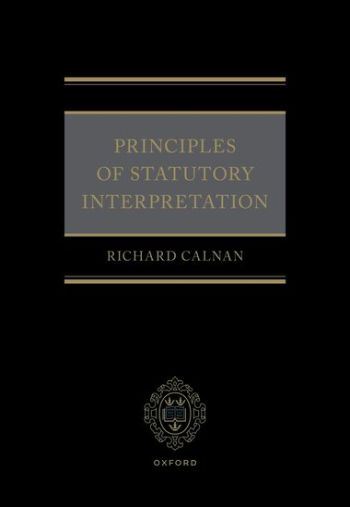
The interpretation of legal texts is, essentially, a question of judgement. But that judgement cannot be exercised arbitrarily, it must be exercised in accordance with the rule of law. In Principles of Statutory Interpretation, Richard Calnan explains these rules using seven defined principles that should be considered when interpreting legislation.
The first principle of 'object intention' concerns establishing how a reasonable person would interpret the legislation. The second confirms that the actual text or words of the statute are the source of that objective intention. Principle 3 reminds us that words used must be interpreted given their role in the statute as a whole, and the fourth principle examines how that context may be judged. The fifth and sixth highlight that words should, generally, be given their natural meaning in statute, and for those words that are ambiguous, the approach is to apply the meaning that the legislature is most likely to have intended. However, the seventh principle recognises that there are circumstances when words are given a meaning which differs from their natural meaning.
These principles are not a series of self-contained precepts which can be applied independently of each other, rather they need to be understood together. Principles of Statutory Interpretation, provides the reader with examples which illustrate how the various principles of statutory interpretation, work in practice.